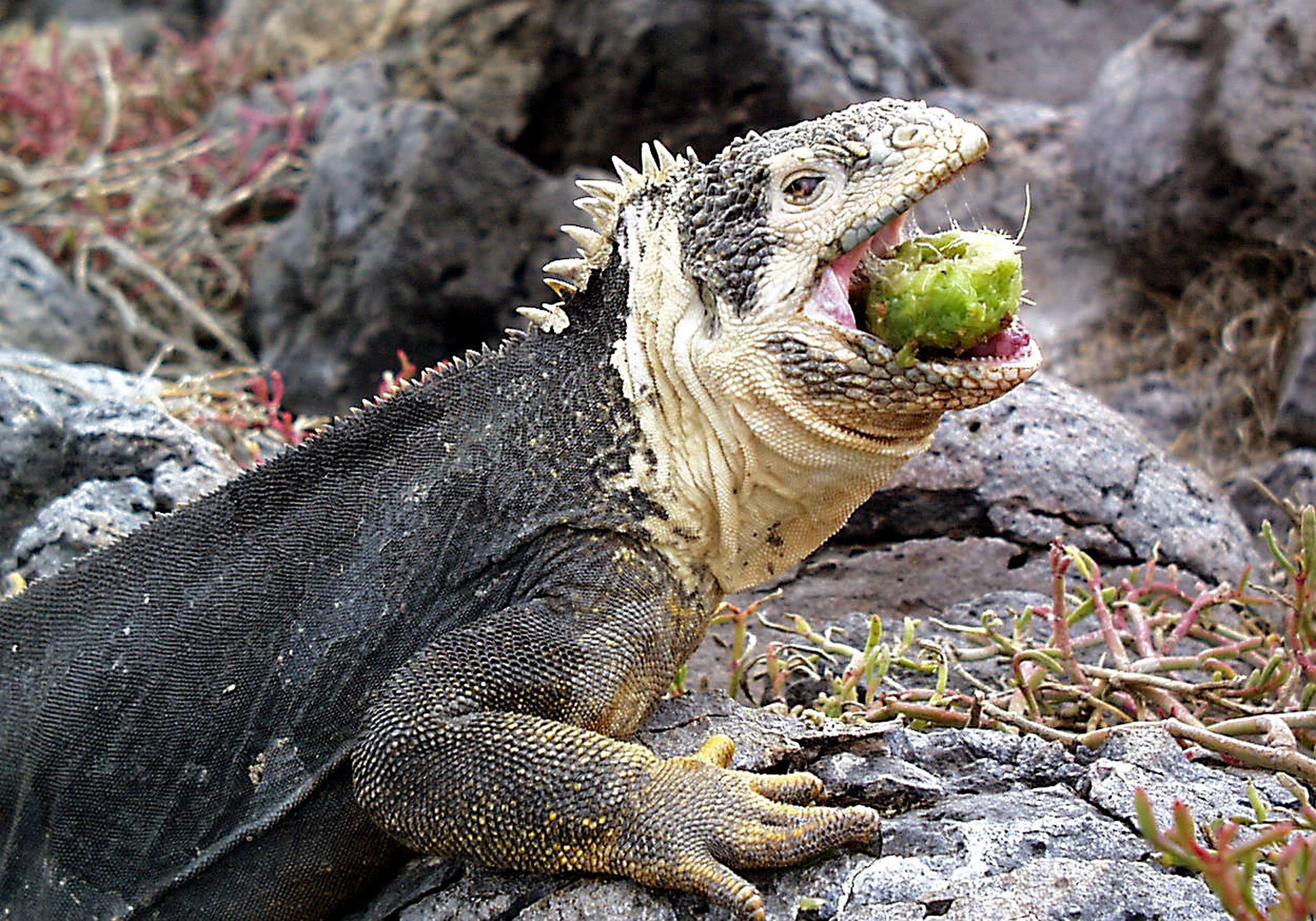Catamaran Sailing in the Galapagos
If the Galapago Islands have long been calling to you adventurous, wildlife-loving spirit, the time to go is now. One of the most immersive ways to experience Darwin’s playground is by catamaran, where you’ll sail in the company of just a few like-minded passengers and have a naturalist at your beck and call.
Catamarans are lauded for their stability, speed and smaller size than the larger ships - just 16 passengers on the typical boat, with cabin sizes similar to what you’d expect on a bigger ship.
Today, we’ll present you with three different, but equally incredible, options for exploring the Galapagos. While we do love the catamaran option for its intimacy, we’re also in favor of luxury- and expedition-style ships. They’re a place for each of them in the Galapagos. Read on to see which feels right to you.
Galapagos by Catamaran
The Boat
Expect a catamaran sailing the Galapagos to have about four main-deck twin cabins, a few double cabins with or without balcony on the upper deck, and a couple of upper-deck single cabins. Complementing the cabins on the main and upper decks, you’ll find an indoor dining area and typically a lounge area for passenger briefings. Expect a covered bar and seating area, a spacious sundeck and typically a barbecue area and jacuzzi.
You’ll sail in the company of about eight crew members and one expect naturalist guide, with just 16 passengers total. We love both the Celebrity Xploration for a more upscale experience and G Adventures’ custom-built new Reina Silvia Voyager.
What You’ll See
Depending on the cruise line and specific itinerary, you can expect to experience most of the following:
- Santa Cruz Islands: Visit the highlands and the Charles Darwin Research Station before boarding your catamaran in Puerto Ayora.
- Española/Gardner Bay/Punta Suárez: Visit the oldest island in the archipelago, walk on Gardner Bay’s white-sand beach and see the bird colonies of Punta Suárez. There will be guided wildlife walks, as well as time for swimming and snorkeling.
- San Cristobal/Isla Lobos/Punta Pitt: Check out the sea lions of Isla Lobos, then move on to Kicker Rock and its dramatic vertical stone walls rising out of the ocean.
- Santa Fe/South Plaza: Mingle with iguanas on Santa Fe island, then go birdwatching at South Plaza.
- Genovesa/Darwin Bay/El Barranco: Continue your birdwatching extravaganza at Darwin Bay, then marvel at the many types of boobies, including red-footed boobies, at El Barranco.

- Santiago/Bartolome: Visit Sullivan Bay on Santiago Island to see the lava formations that stand in stark opposition to the white coral-sand beach. On Bartolome, take a walk to iconic Pinnacle Rock.
- Rabida/Chinese Hat: Check out the red-sand beaches and saltwater lagoons of tiny Rabida Island. Keep an eye out for flamingos and pelicans. Then, head to Chinese Hat for lava tunnel exploration and a swim in the turquoise waters.
- Mosquera Islet: Explore the sparse, flat, sandy Mosquera Inlet, with one of the largest sea lion populations in the islands, as well as lava gulls, coastal birds and Sally lightfoot crabs.
- Santa Cruz Island/Dragon Hill: Aptly named, this island is home to land iguanas, as well as flamingoes and shore birds. Choose from hiking, snorkeling and Zodiac rides along the coastline for optimal animal observation.
- Puerto Villamil, Isabela Island: Explore the laid-back island town of Puerto Villamil and visit the Tortoise Center to learn about the importance of the Galapagos giant tortoise (you can visit with hatchling tortoises, too!).

- Wall of Tears, Isabela Island: Visit a sobering point in Galapagos history, when between 1944 and 1959, prisoners here were forced to build a wall stone by stone only to be asked to tear it down and start over.

- Post Office Bay, Floreana Island: Leave addressed postcards in the post office barrel that was established here in the late 18th century, when pirates, buccaneers, whalers and others left their mail to be picked up by outbound ships.
- Cormorant Point, Floreana Island: Visit the first capital of the Galapagos, where Darwin met the islands’ governor and where flamingos, sea turtles and white-cheeked pintail ducks make their homes.
- Cerro Brujo, San Cristobal Island: See one of the first sites visited by Charles Darwin - and be sure to spend some time lounging on the gorgeous white-sand beach.

One Size Bigger
If a catamaran isn’t your style, go one step bigger with an expedition ship that holds approximately 90 passengers. You’ll still have a relatively intimate feel, plus a few more amenities to make you feel at home. A ship like Hurtigruten’s MS Santa Cruz II allows for fine dining in the polished restaurant, learning with fellow travelers in the Science Centre and more space to mingle on several decks. With built-in stabilizers, this ship will be a smoother ride than would be a catamaran.
A large, well-lit lounge is the perfect place for naturalist lectures or to relax with WiFi hot spot access. At the ship’s apex, you’ll find the Sky deck, a fitness room, and the Panorama deck, which doubles at the happy hour location each evening.
Whatever your style, we believe small-ship cruising is the way to go for the ultimate, and most enjoyable, Galapagos experience. Connect with us to review the options and get you on your way! Schedule a consultation and we can chat about different itineraries and small ship options! If you haven't signed up for my weekly small-ship experience newsletter, you can do so here:

